The Hill of Tara
At first glance the Hill of Tara may seem like a rather non-de script place. Many tourists visit every year and possibly scratch their heads in wonder as to the significance of the place. To the unknowing eye it may just seem like the location for yet another collection of Iron Age forts. But in truth the Hill of Tara is Ireland’s most important historical monument and, as well as being one its major tourist attractions, is in actual fact the ancient capital.

Seat of the High King
Although only 155 metres in altitude, Tara rises high above the County Meath lowlands and commands an outstanding panoramic view of the surrounding countryside. In ancient times there were three levels of kingship, the High King, who ruled over the entire country, the Provincial King, who ruled one of the four provinces, and the Petty King, who ruled over a small settlement. Because of its strategic importance, Tara became the traditional seat for the High King. This small, seemingly insignificant hill holds many of the secrets to Ireland’s ancient past and if it could talk, would have one hell of a story to tell.
The Hill of Tara is easy to get to
Tara is easy to reach. It lies just off the M3 between Dublin and Navan. The two most distinctive earthworks on the hill are the Royal Seat and Cormac’s House, both about 152 metres in diameter. Protruding 5 feet from the ground in the centre of the Royal Seat is the Lia Fail, the sacred Stone of Destiny believed to have been brought here by an magical and powerful race known as the Tuatha dé Danann.
Ireland’s ancient history has been charted by a series of invasions, the stories of which were written down in the early Christian period by the monks. The Tuatha dé Danann was the fifth tribe to invade Ireland, and legend describes them as a powerful, magical race that brought many magical artifacts along with them. The Lia Fail was the coronation stone of the High King. When the rightful heir to the throne places his hands upon it, the stone will emit a roaring sound. This stone is now accessible to all visitors, so try touching it, you never know; you might be destined for high kingship.
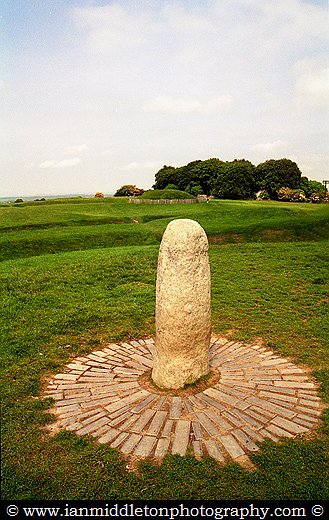
Ancient neolithic burial mounds
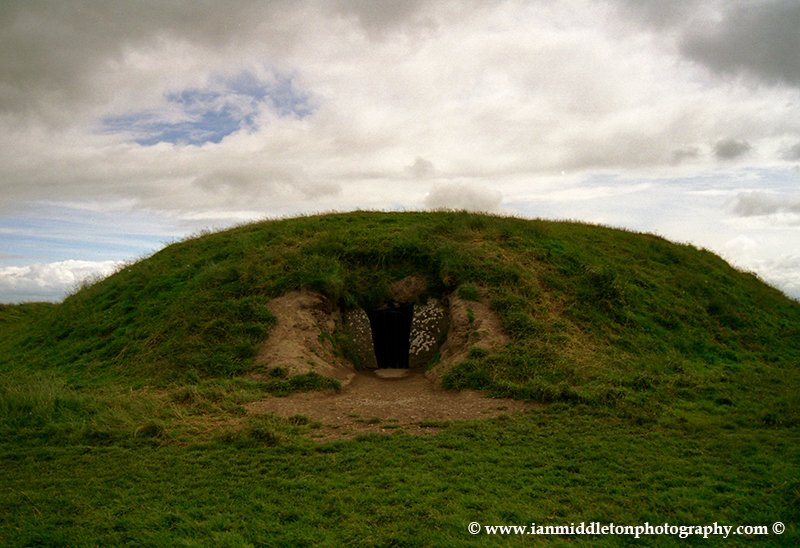
Nearby is a burial mound, also known as passage cairn, one of hundreds found across Ireland. Modern archaeology credits these mounds as having been built by the Neolithic people in order to bury their dead. This one, the Mound of the Hostages, was excavated and found to contain the remnants of over 100 burials.
Usually they consist of a stone passage with a chamber inside, built using slabs of rock. The stone section is then covered over with earth to form a small round hill. The Mound of the Hostages is 70 feet in diameter and 9 feet high.
The arrival of the Celts
The sixth tribe to invade Ireland were the Milesians (commonly known as the Celts) and when defeated, it’s believed that the Tuatha dé Danann retreated into the otherworld, or fairy world, and while the Celts would now rule the natural world, they would become known forevermore as the fairies, or Sidhe.
The Fairy Tree at the Hill of Tara

In Irish folklore, a lone hawthorn tree is widely believed to be one of many portals between the physical world above and the spiritual world below. Fairy trees, like this one at Tara, are revered by locals. The fairy tree is associated with healing. If you have an ailment then you are supposed to leave a personal item or a gift for the fairies and in return they will heal your affliction.
Reliving the past
The Mound of the Hostages, the Royal Seat and Cormac’s House are enclosed by a wider circle known as the Rath of the Kings, which encompasses an area of 70,000 square metres and has been dated at around 200-300BC. Many other raths dot the area. Although heavily visited, there are times and places on the hill where you can get away from the crowds and revel in the tranquillity of this lush green hill and wonder just how it once was all those centuries ago.
There was a time when a group of modern-day druids held an annual festival on the summer solstice. They re-enacted many of the ancient ceremonies once held here by the ancient tribes. It was a fascinating insight into how it must once have been. Sadly, this festival was abandoned because of abuse from outsiders.
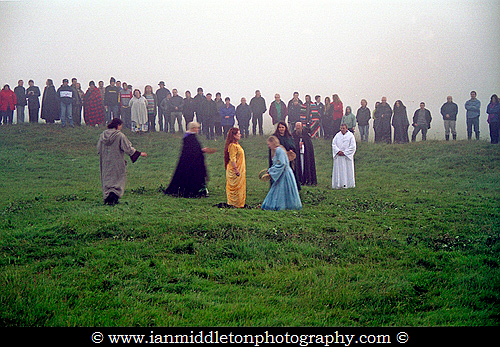
Driving to Tara: To get to the Hill of Tara from Dublin take the M3 towards Kells and Navan. Follow this until you see a sign indicating a left turn to Tara.
Getting to Ireland
Dublin is the main airport for the Rep of Ireland, or else Belfast in Northern Ireland. If you are coming from within Europe then the following airlines are worth looking at.
Wizz Air: Personally I have always found them to be the best and offer the lowest fares.
Skyscanner: A great place to search and compare flights
Ebookers: Ebookers have been around for longer than most and have always offered a great choice of flights.
Getting around
CAR
The best way to get around Ireland is by car. Either take your own car or you can rent one easily from Dublin or any other major city. Here are three great places to look:
BUS
The national bus service connects most major cities, towns and villages and is a good way to get around, especially if you want to meet some locals
If you want a fun way to travel with other like-minded travellers then try the Paddywagon
TRAIN
The national train service also serves a lot of the larger towns and cities. Great for getting from one side of the country to the other.
Tours:
Roc Tours Ireland – Great private driver tours all over Ireland. (Highly Recommended)
Accommodation
Holidu: This is a great website to search for a variety of places to stay.
Hostelworld: If you are looking for budget accommodation then Hostelworld is a great place to search for a variety of backpacker hostels, B&Bs and hotels.
My Ireland Book
Read the story of my first ever trip around Ireland in my book, Hot Footing Around the Emerald Isle.
With just a backpack as a home, a guidebook in one hand, a bizarre travelogue in the other and very little money in my bank account, I leave my home and set off to this little country that has always been my neighbour, yet overlooked by myself for many years as I pursued dreams to travel to far and exotic countries. However, I was soon to learn that one of the most beautiful places in the world was right on my doorstep.
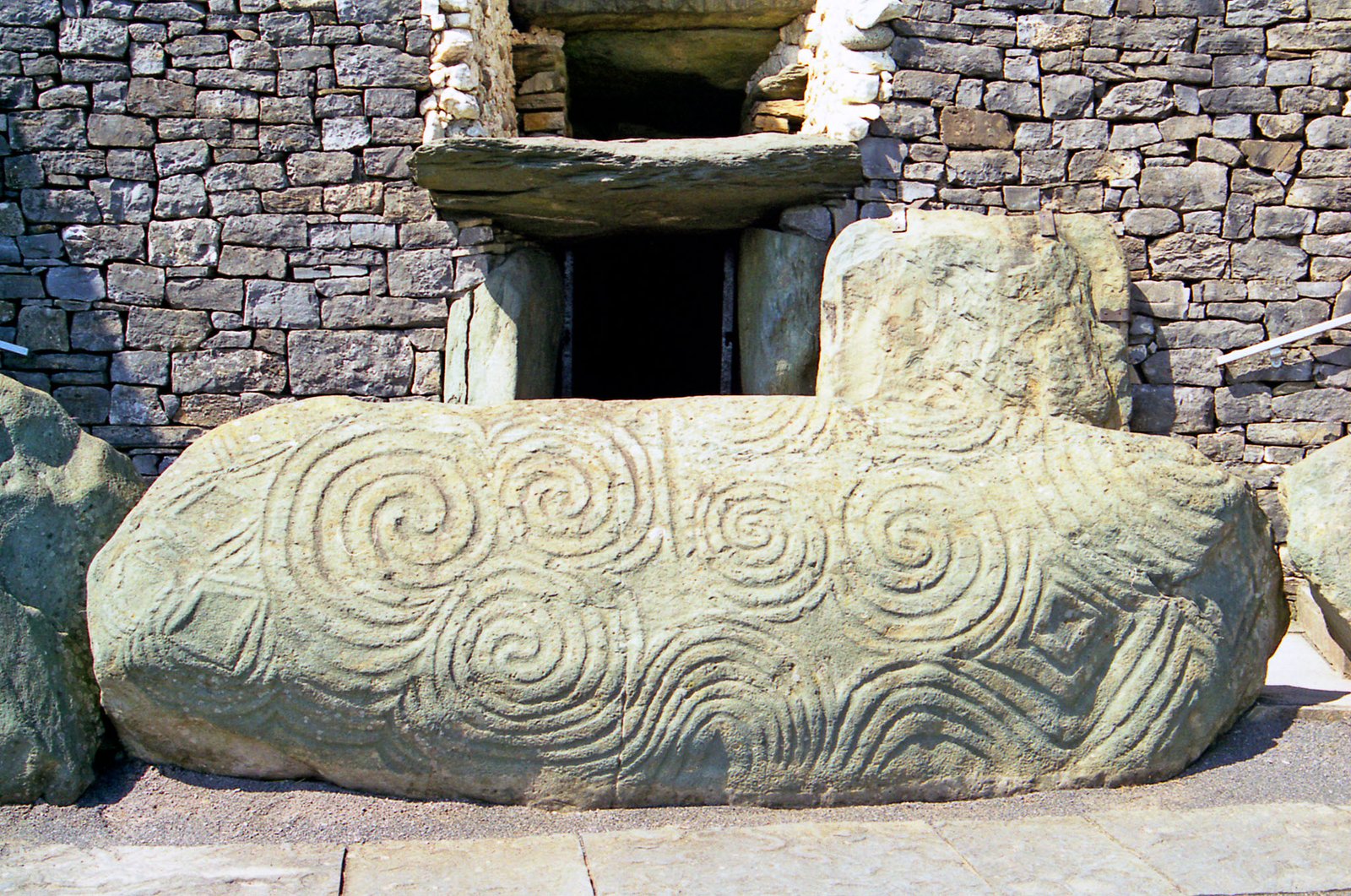
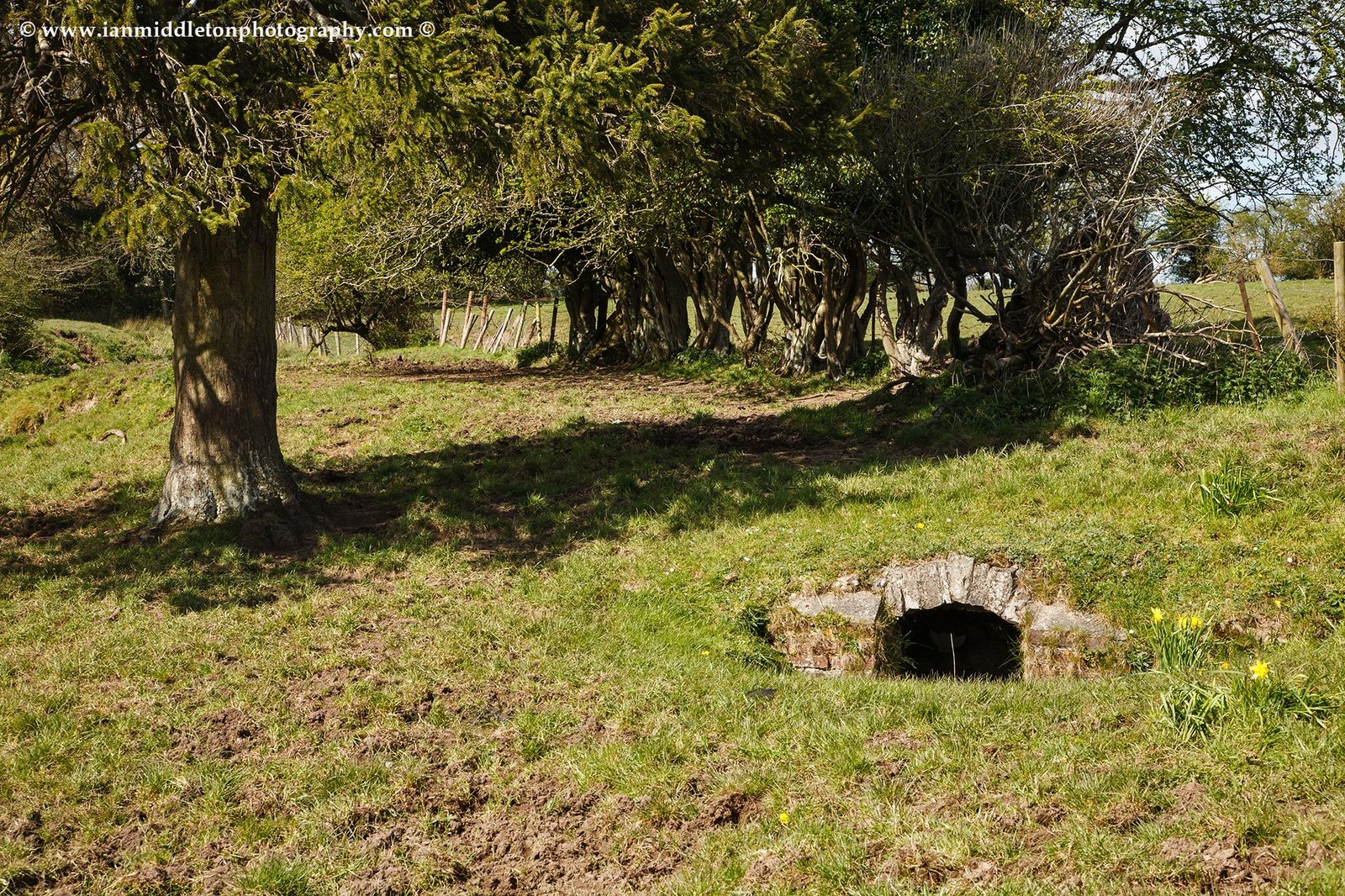



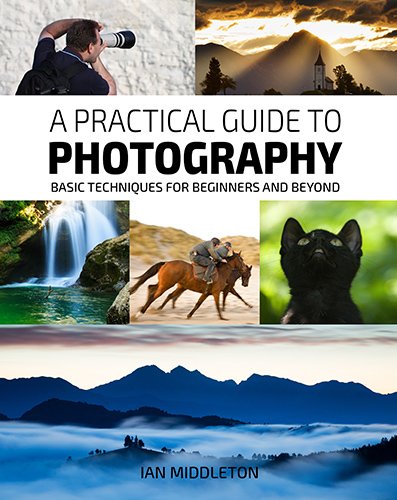





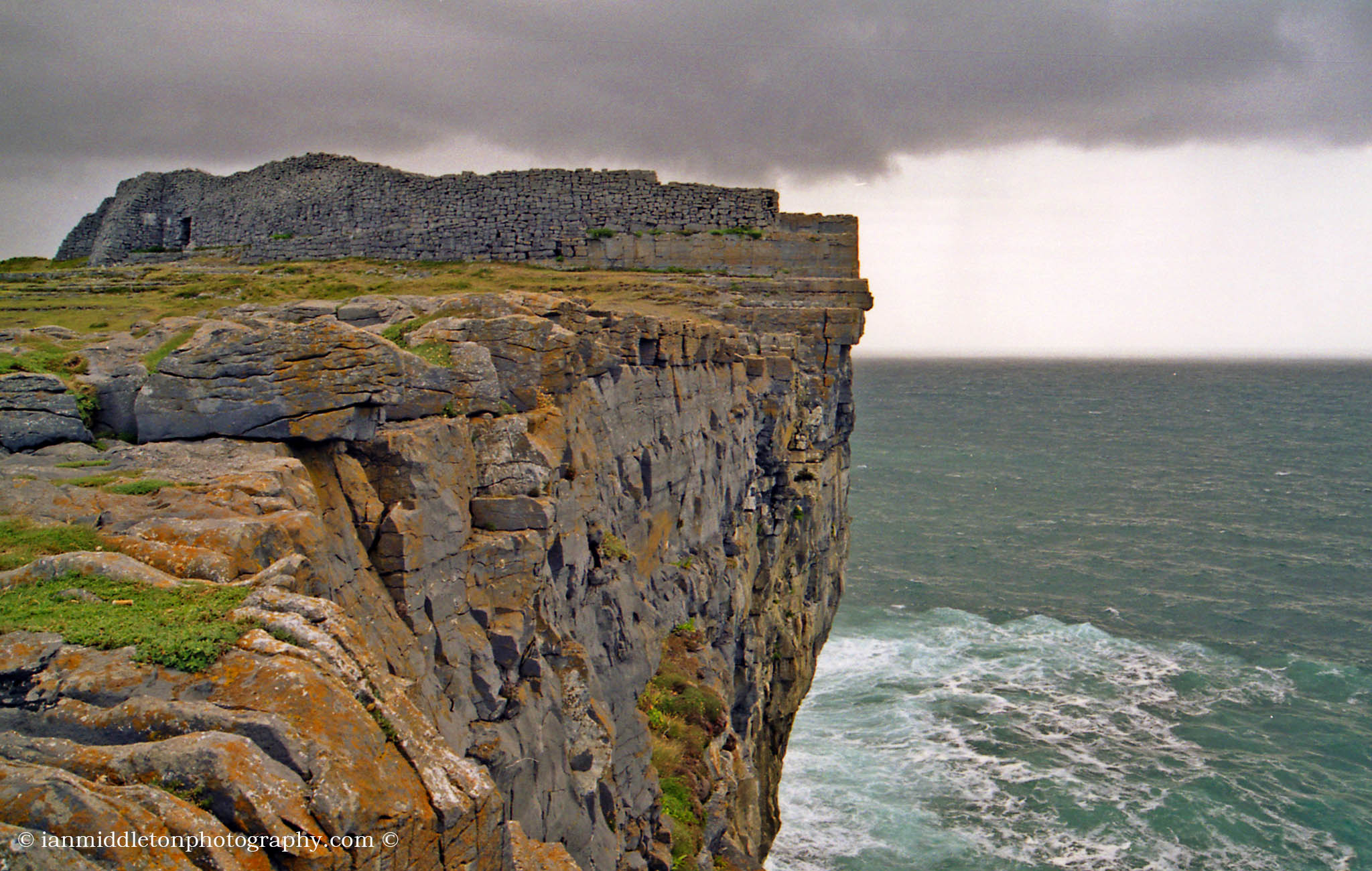
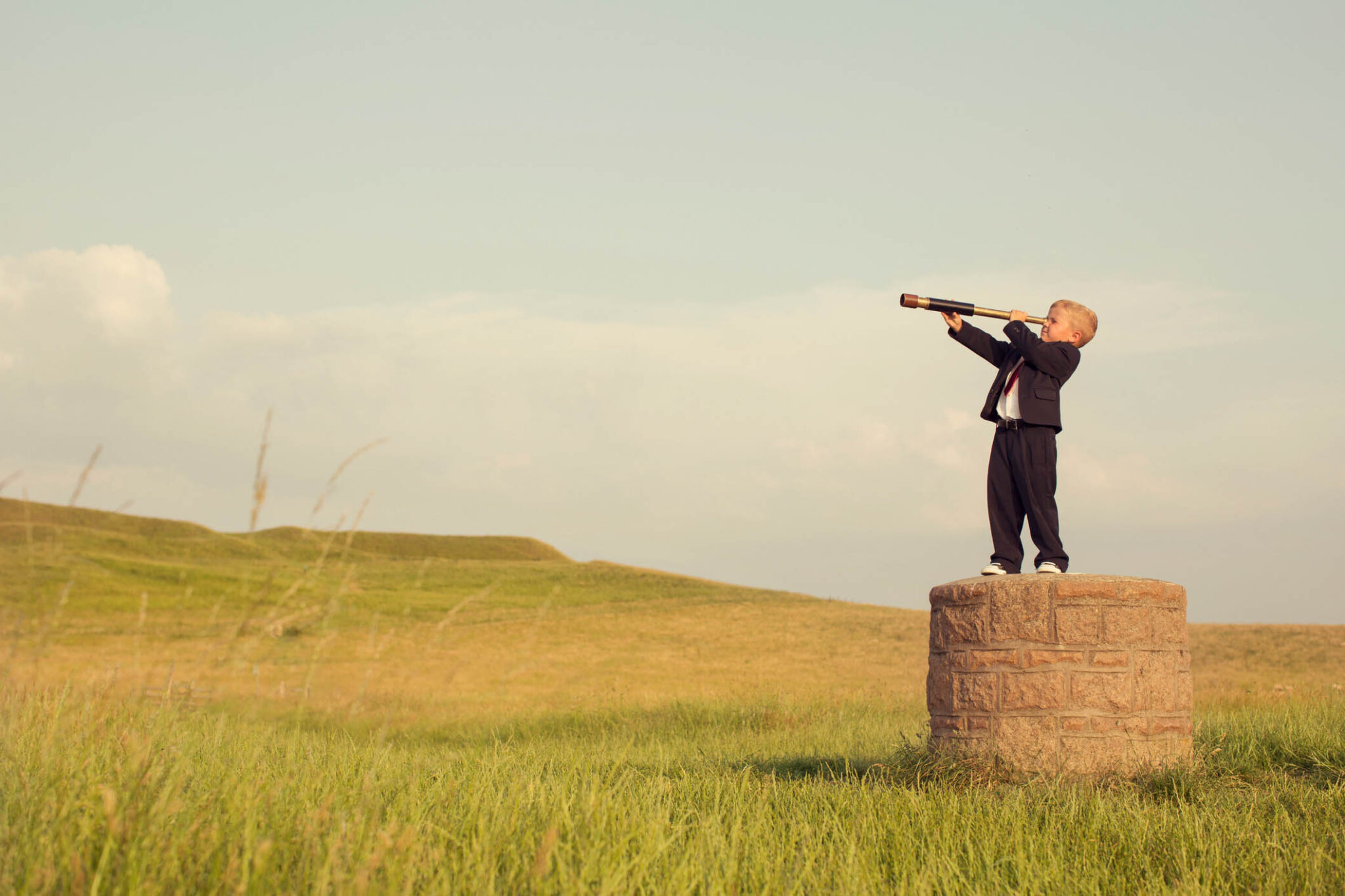

One Response